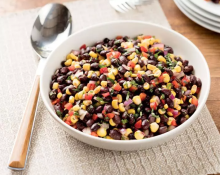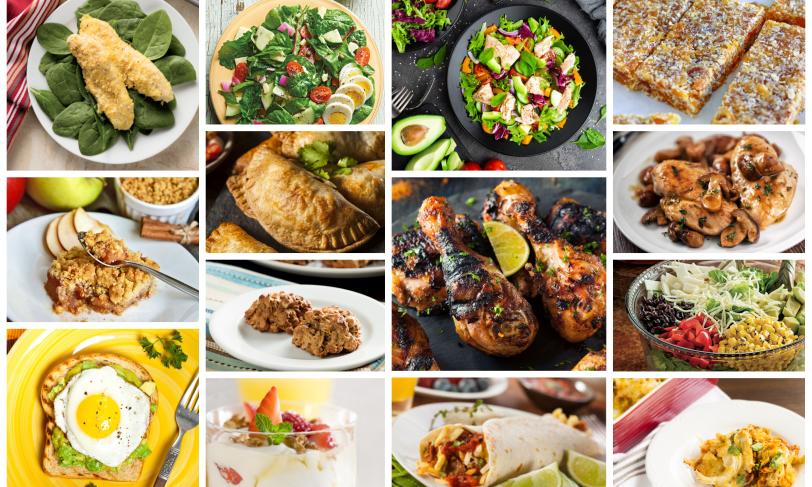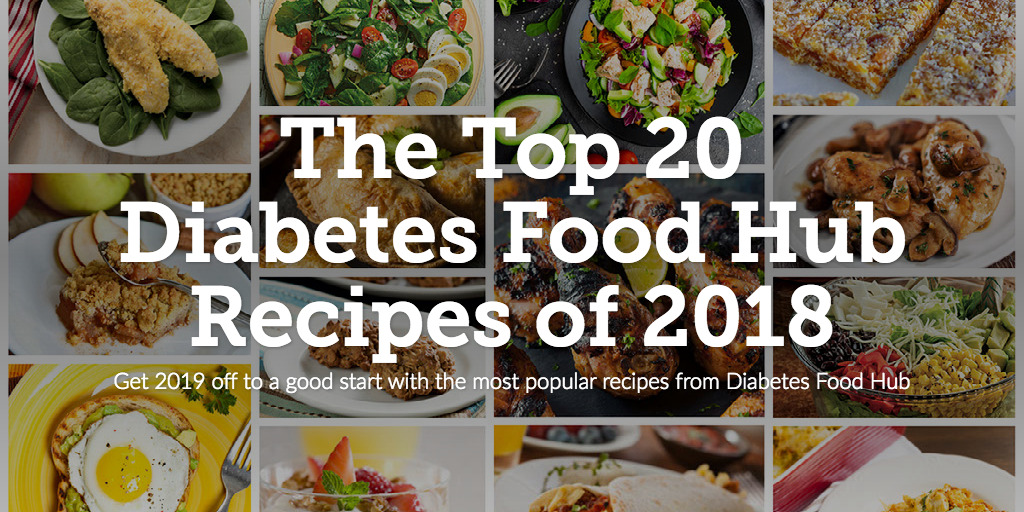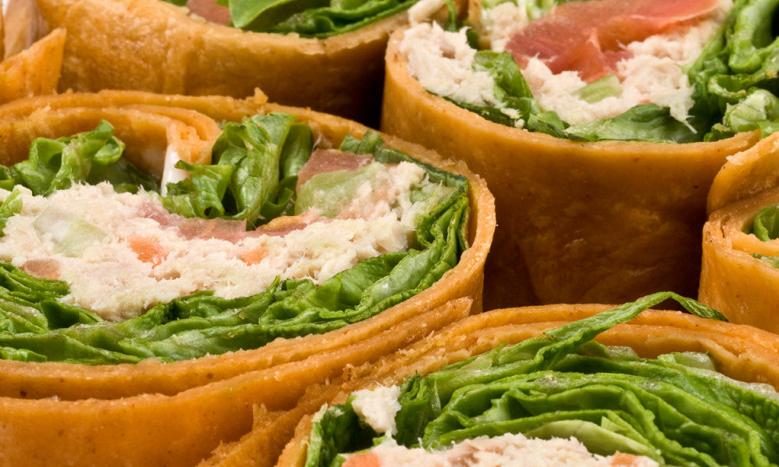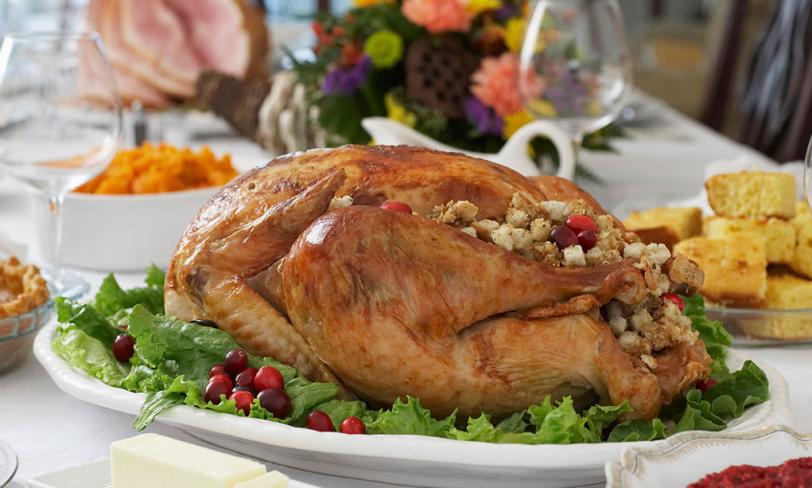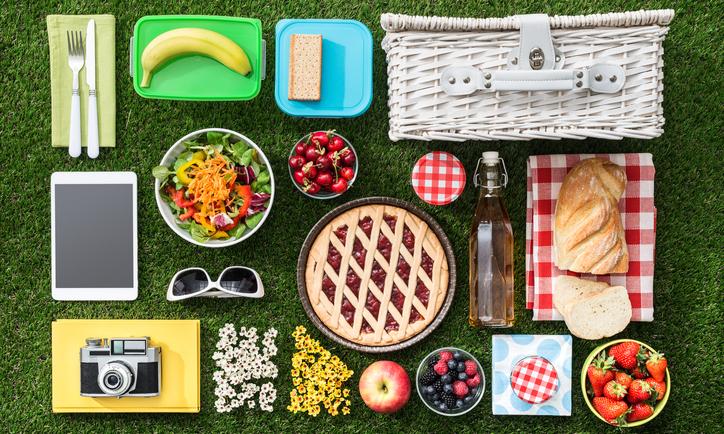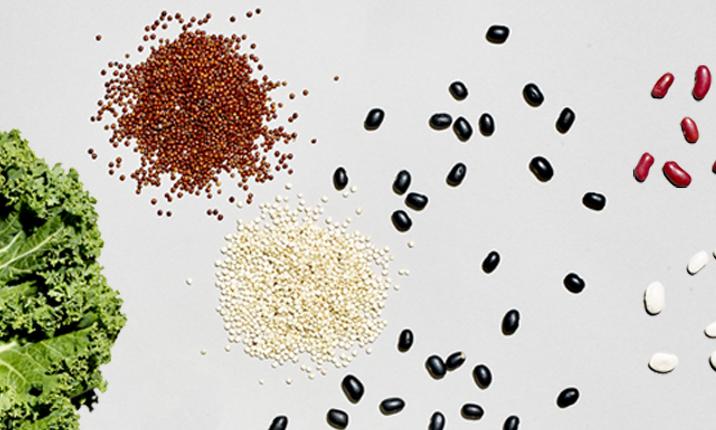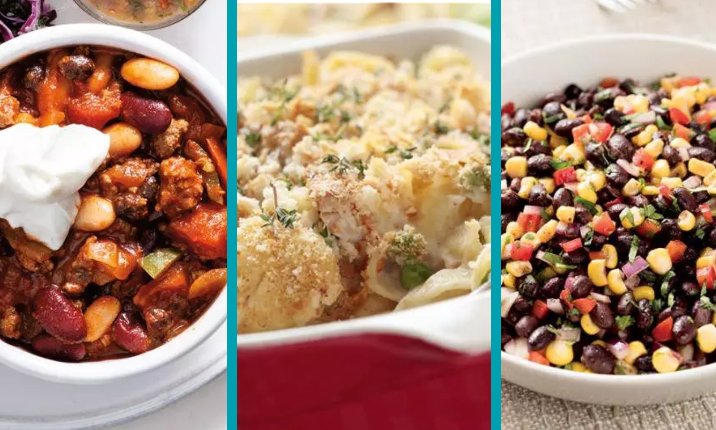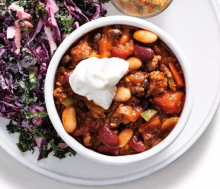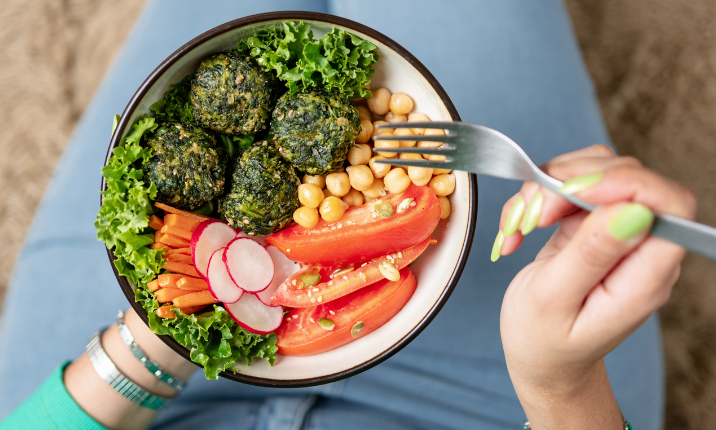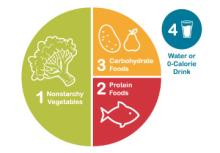Plant-based eating is popular, and for good reason. Plant foods can add color, texture, taste, volume, and overall appeal to meals. But more importantly, eating more plant-based meals can provide significant health benefits, especially for people with diabetes. Two of the most well-known plant-based eating patterns include the vegetarian and vegan eating patterns.
With a vegetarian eating plan, meat is avoided entirely. Plant-based foods like fruits, vegetables, grains, legumes, seeds, and some animal foods like eggs and dairy are consumed. If you follow a vegan eating pattern, you don’t eat anything that comes from animals—even non-meat foods like honey and dairy—only plant-based foods. Both eating patterns emphasize eating more plants like minimally processed whole grains, fruits, and vegetables.
The Benefits of Eating More Plant-Based Foods
A vegan diet is linked to lower prevalence of type 2 diabetes and reduction of high blood glucose (blood sugar) levels in people with type 2 diabetes. But you don’t need to “go vegan” to enjoy the benefits of plant-based eating. It’s as simple as just eating more plants, period.
Research suggests that eating fewer animal products and more plant-based foods is associated with beneficial impacts on insulin resistance, body weight, body fat, and cholesterol as well as a lower risk of prediabetes and type 2 diabetes.
How to Start Eating More Plant-Based Foods
There are various strategies for giving your eating plan a plant-based boost. Fill half your plate with non-starchy veggies to naturally make your meals more plant filled. (This also follows the guidelines of the Diabetes Plate Method.)
Change the ratio of plant-to-animal foods in your dishes—such as enjoying a veggie stir-fry with some chicken instead of a chicken stir-fry with some veggies. Add more plant-based proteins like beans, lentils, peas, and nuts to dishes or use them to swap out meats to ensure you are eating enough protein at meals.
You can also try swapping out animal-based protein for pre-made plant-based alternatives, such as packaged plant-based “meatballs” instead of beef or pork meatballs. Or, more creatively, try some recipes that create meat alternatives from veggies like making roasted cabbage steaks or making “chicken” wings with cauliflower florets.
7 Simple Ways to Swap in Plant-Based Foods
Instead of: Scrambled eggs
Plant-based swap: Scrambled chickpeas
In olive oil over medium-high heat, sauté a mixture of slightly smashed canned, drained chickpeas (with some canned chickpea liquid) and seasonings to taste, such as nutritional yeast, turmeric, and smoked paprika.
Instead of: Eggs for use in baking
Plant-based swap: Chia gel
For the equivalent of one large egg, stir one tablespoon chia seeds with three tablespoons water or other liquid, like plant-based milk, and let stand until a gel-like consistency forms, about 10 minutes.
Instead of: Bacon
Plant-based swap: Portabella “bacon”
Brush thinly sliced portabella mushrooms with olive oil and sprinkle with seasonings to taste, such as smoked paprika, chili powder, salt, pepper. Bake at 275 degrees F for 1½ hours and let crisp in “off” (warm) oven, about 45 minutes.
Instead of: Ground taco meat
Plant-based swap: Nut taco “meat”
In olive oil over medium heat, cook while stirring finely chopped walnuts with some diced onions until onions are softened. Add seasonings to taste, such as chili powder, cumin, and oregano, and a splash of low-sodium soy sauce. Cook 1½ to 2 minutes more.
Instead of: BBQ/pulled pork or chicken
Plant-based swap: BBQ/pulled eggplant
Over medium heat in sunflower oil, cook while stirring thin strips of eggplant. Add sugar-free or no-added-sugar barbecue sauce and cook until steamy, then serve in a whole grain bun paired with coleslaw or avocado. Tip: You can try chopped jackfruit in lieu of eggplant, too.
Instead of: Parmesan cheese
Plant-based swap: Nutritional Yeast
For a savory, “cheesy” taste, simply sprinkle nutritional yeast onto any dish you wish, like pasta, popcorn, or prepared vegetables. Tip: Mix it with some grated lemon zest for fresh zing.
Instead of: Heavy cream
Plant-based swap: Cashew cream
Mix boiling water with 1 cup unroasted, unsalted cashews and let stand for 30 minutes. Drain and blend at high speed with 1 cup of cold water and pinch of salt until velvety smooth. Serve instead of heavy cream in savory dishes, like soup or pasta sauce.
Did you know? Diabetes Food Hub has tons of plant-based recipes! Use the Browse Recipes buttons and select “Vegetarian” from the filter. Be sure to create an account so you can save all the recipes you want to try.
